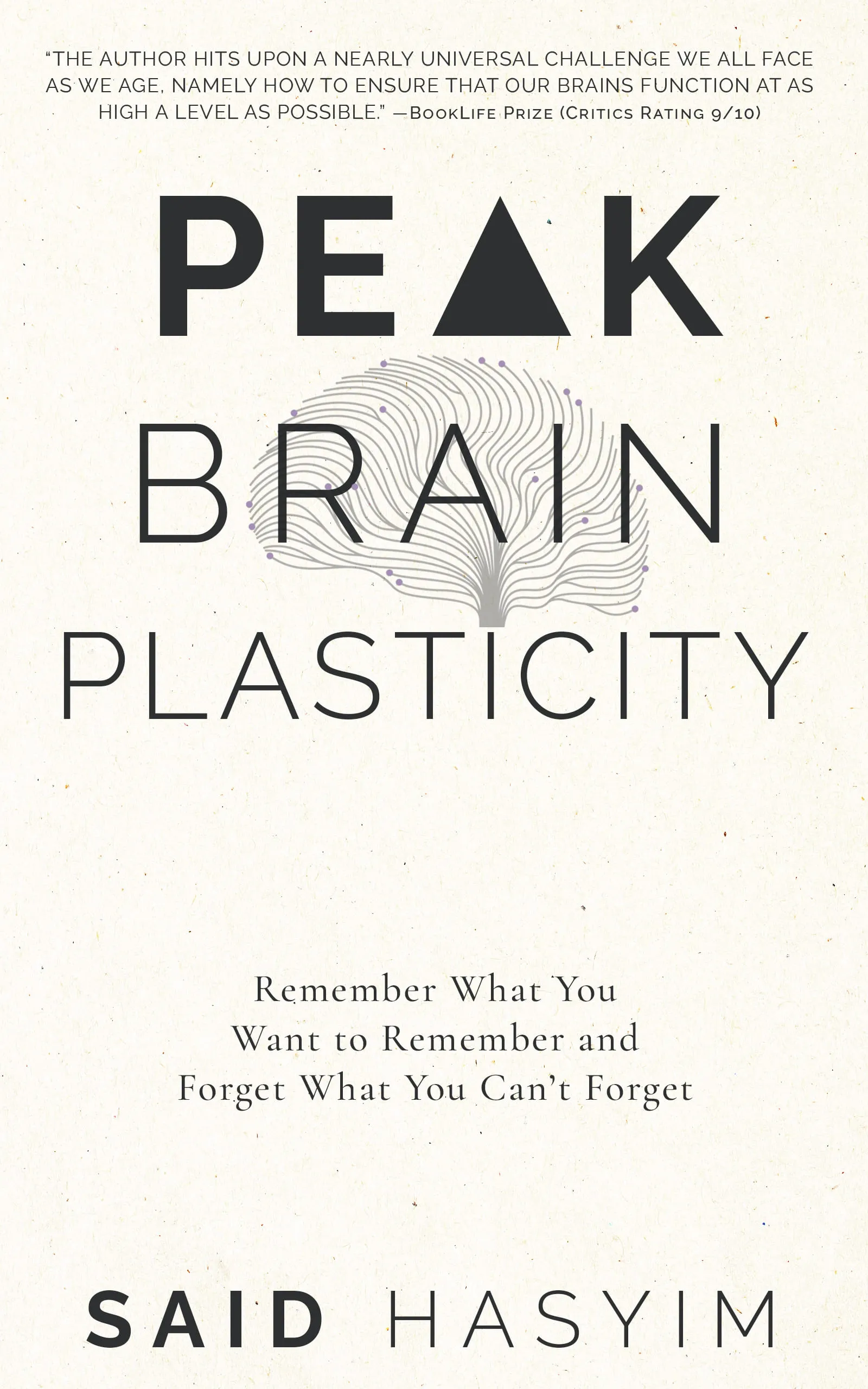Transforming Learning Through Dynamic Memory Strategies
In our fast-paced, information-rich world, the ability to learn effectively and retain information is more crucial than ever. Whether in a classroom, workplace, or personal development arena, mastering the art of memory can transform the learning experience. Dynamic memory strategies, which encompass an array of techniques and practices, empower learners to engage with content on a deeper level, enhancing understanding and retention. This post will delve into various dynamic memory strategies and their transformative potential.
Understanding Memory
Before we explore specific strategies, it’s essential to understand how memory works. Human memory is not a singular function but consists of various processes, including encoding, storage, and retrieval. Each of these stages can be fine-tuned to improve learning outcomes.
Encoding: This is the process of taking in information and transforming it into a format that can be stored. Effective encoding often involves making connections between new information and existing knowledge.
Storage: Once information is encoded, it needs to be stored in a way that allows for easy retrieval. This can involve organizing information into categories or using symbolic representation.
Retrieval: This involves accessing the stored information when it’s needed. The more effectively information has been encoded and stored, the easier it will be to retrieve.
Dynamic Memory Strategies
Let’s dive into some dynamic memory strategies that can transform the way we learn.
1. Visualization Techniques
Visualization involves creating mental images to represent concepts and information. This strategy leverages the brain's ability to remember images more readily than abstract words or numbers.
Mind Mapping: A powerful tool for visualizing relationships among ideas. By placing a central concept in the middle and branching out to related ideas, learners can create a visual representation of their thoughts.
Dual Coding: This strategy combines verbal information with imagery. For instance, when learning a new vocabulary word, supplementing it with a picture can help solidify the connection in memory.
2. Spaced Repetition
The spaced repetition technique is all about timing. Instead of cramming information in one go, this method involves spreading out study sessions over time, which helps reinforce learning.
The Science Behind It: Research has shown that spaced repetition leverages the psychological spacing effect, where information is more effectively remembered when it is revisited at intervals rather than all at once.
Practical Application: Use apps or create flashcards that remind you of previously studied topics at set intervals, gradually increasing the time between review sessions.
3. Storytelling and Associative Learning
Humans have relied on stories to communicate and remember information for centuries. Associative learning connects new information to something familiar.
Creating Narratives: To remember a list of items or concepts, turn them into a story. The narrative format is easier to recall than a linear list.
Mnemonics: Acronyms or acrostics are classic memory tools. For example, to remember the order of operations in mathematics (Parentheses, Exponents, Multiplication and Division, Addition and Subtraction), you might use the phrase “PEMDAS.”
4. Active Engagement
Active engagement with the material enhances memory retention far more than passive reading or listening.
Teach What You've Learned: Teaching others forces you to organize and clarify your knowledge, which can deepen your understanding.
Discussion Groups: Engaging in conversations about the material with peers fosters a deeper comprehension and creates reinforcement through dialogue.
5. Multi-Sensory Learning
Incorporating multiple senses into the learning process can enhance memory retention. Different sensory inputs can create stronger brain connections.
Kinesthetic Learning: This involves physically interacting with the materials. For example, using manipulatives in math can help solidify concepts.
Auditory and Visual Aids: Listening to lectures while following along with visual presentations can create a more developed understanding of the material.
6. Emotional Connection
Our emotions play a significant role in memory. Connecting what you learn to personal experiences or emotions can make information more meaningful and memorable.
Reflect on Relevance: Ask yourself how the information applies to your life. Making personal connections can create a stronger anchor for the memory.
Use Emotional Stories: Incorporate stories that evoke emotions to make the information you learn more relatable and easier to remember.
Implementing Dynamic Memory Strategies
To effectively implement these dynamic memory strategies, it’s essential to adopt a growth mindset and be willing to experiment with different approaches. Here are some tips to get started:
Set Clear Goals: Define what you want to learn and why it matters to you. This motivation will encourage you to employ these strategies.
Practice Consistently: Incorporate memory strategies into your learning routine. Frequent practice will help make these techniques habitual.
Reflect on Your Learning: After each study session, take a moment to reflect on which techniques worked best for you and adjust accordingly.
Stay Organized: Keep your study materials organized to minimize distractions and make it easier to employ various memory strategies.
Be Patient: Mastering dynamic memory techniques takes time and practice. Be patient with yourself and celebrate your progress along the way.
Conclusion
Transforming learning through dynamic memory strategies holds immense potential to enhance educational experiences. By understanding how memory works and applying techniques such as visualization, spaced repetition, associative learning, active engagement, multi-sensory learning, and emotional connection, learners can not only memorize but genuinely understand and retain information.
Embracing these strategies empowers individuals to transform not just their academic journeys but their personal and professional lives, unlocking new levels of knowledge, creativity, and insight. As we continue to evolve in our learning processes, let dynamic memory strategies be a guiding force toward an enriched educational experience.
Start your transformative journey today—explore these strategies and see how they can enhance your learning experience!
Harness the Power of Neuroplasticity
Discover Peak Brain Plasticity, a practical book to harnessing neuroplasticity. Enhance your memory, learn new languages quickly, and alleviate anxiety with effective study methods. Uncover daily habits that impact cognitive health and explore techniques for accelerated learning and memory retention. Unlock your brain's potential for growth and transformation.
